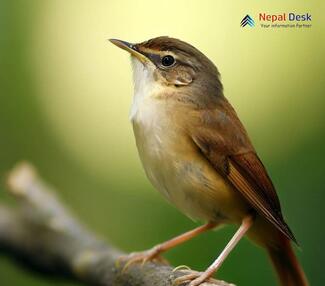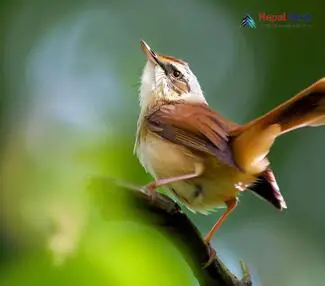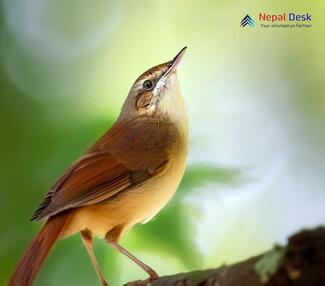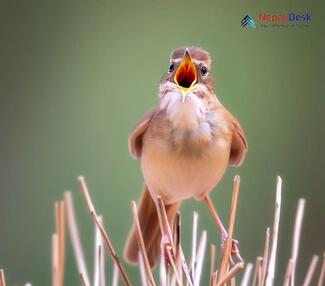Savi's Warbler (Locustella luscinioides) is a fascinating and elusive bird species, with captivating features and a remarkable presence in various habitats. As an integral part of our natural world, understanding this unique bird's taxonomy, physical features, habitat, and diet can give us valuable insight into the intricate ecosystem it inhabits. In this article, we'll take a closer look at the Savi's Warbler and its notable presence in Nepal.
Taxonomy and Physical Features
Savi's Warbler belongs to the family Locustellidae, which comprises numerous species of small insectivorous songbirds. Scientifically known as Locustella luscinioides, this remarkable species was first described by Paolo Savi in 1824. The name pays homage to the Italian scientist's contributions to ornithology.
The Savi's Warbler is a relatively small bird, measuring around 14-15 centimeters in length with a wingspan of approximately 16-18 centimeters. These birds have a modest appearance, with brownish upperparts and a buff-colored underbody accompanied by fine dark streaks. Some of its distinguishing physical features include a rounded tail that slightly fans out during its distinctive warbling song and pale pinkish legs.
Habitat Preferences
These warblers favor wetland habitats with dense vegetation, such as marshes and swamps. They are highly dependent on reed beds, sedge meadows, and other similar environments for breeding purposes. The Savi's Warbler can be found across different parts of Europe and Asia. During winter months, they typically migrate to Africa to escape harsh weather conditions in their breeding range.
Dietary Habits
As an insectivorous species, the Savi's Warbler primarily feeds on insects like mosquitoes, beetles, spiders, and larval forms of various other arthropods. They catch their prey amid vegetation using their beak in a sharp, snapping motion. Occasionally, they may also consume small seeds or plant materials.
Presence in Nepal
In Nepal, the Savi's Warbler has been spotted at various locations, especially within wetland habitats, making it an integral part of the region's avian biodiversity. Conservation efforts in the country have taken note of their unique presence and keep monitoring their population to ensure their survival amidst rapid environmental changes.
In conclusion, the Savi's Warbler (Locustella luscinioides) is a charming bird species with intriguing biology and lifestyle. Their persistence in various habitats makes them a vital component of our ecosystem that warrants appreciation and protection. As we continue to learn more about these birds, our understanding of nature's delicate balance only deepens, encouraging us to cherish and conserve the remarkable treasures our planet has to offer.




